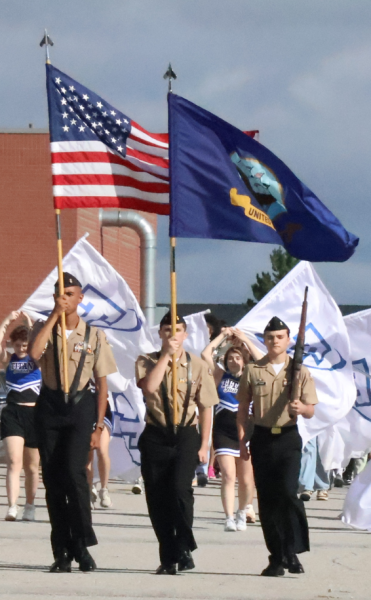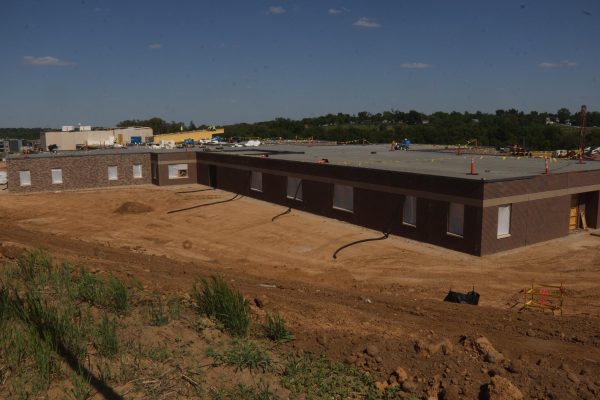Capstone project brings new opportunities
For their Capstone project, some senior STEM students proposed a design for a new Union Soccer stadium. The class started off doing a 20-30 page proposal document which described the steps they went through to get to their design.
Then they split into two groups to divide and conquer. The students were Andrew Smallfield, Jobi Kaminski, Michael Johnson, Eli Zechmann, Henry Stamps, Collon Nash, Xander Doble, and Aaron Dawson.

The project was presented to the Student Mentoring Program, which provided mentors from the professional world to work with the students. Mr. Jamie Glover, who teaches all four years of the STEM Academy program, explained: ”Typically we have an … architecture engineer somewhere in the metro area that comes in and works with the students”
The academy and the Capstone Project aim to prepare students for the real world by having them work through real-life scenarios like those they might come across in a STEM-based career.
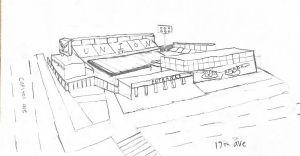
Capstone student Xander Doble said it was a good experience. ”Putting yourself in front of real engineers allows for really good feedback as well as really good opportunities for the future,” Doble said, “because some of these people, when you go into the job, are going to say,’Hey, I kind of remember this kid. He did a presentation’ – if it’s really good.”
Aaron Dawson agreed: ”It felt pretty good that we were able to design a stadium for the future of Union Omaha.”
Some students said the project helped them develop important life skills in addition to STEM. Andrew Smallfeild said, “I’m not a very good speaker, but it helped me just to prepare even more to make it better and to not embarrass myself in front of professionals like that.”
Collon Nash added, ”It’s really taught me how to work with groups, especially since I’m doing engineering stuff in the future. That has a lot of … working in groups and figuring out how to work together, even with people who may or may not be the people you choose to work with all the time.”
The project also gave students more independence and choice compared with earlier years of the academy. “We had a lot more freedom to choose what we wanted to do, and we were able to divide the group how we wanted to,” Dawson said. “As opposed to last year, we had a group on a set project, so we were able to choose our own project this year.”
Your donation will support the student journalists of Papillion-La Vista South High School. Your contribution will allow us to purchase equipment and cover our annual website hosting costs.

My Name is Cale Murphy and I am a senior, I am happy to be coming back to the Magazine Family and look forward to working with the staff again.


![Pictured above is a structure that displays the names of Nebraska Vietnam veterans in order to “honor [their] courage, sacrifice and devotion to duty and country.”](https://plsouthsidescroll.com/wp-content/uploads/2025/10/Trey_092625_0014-e1760030641144-1200x490.jpg)
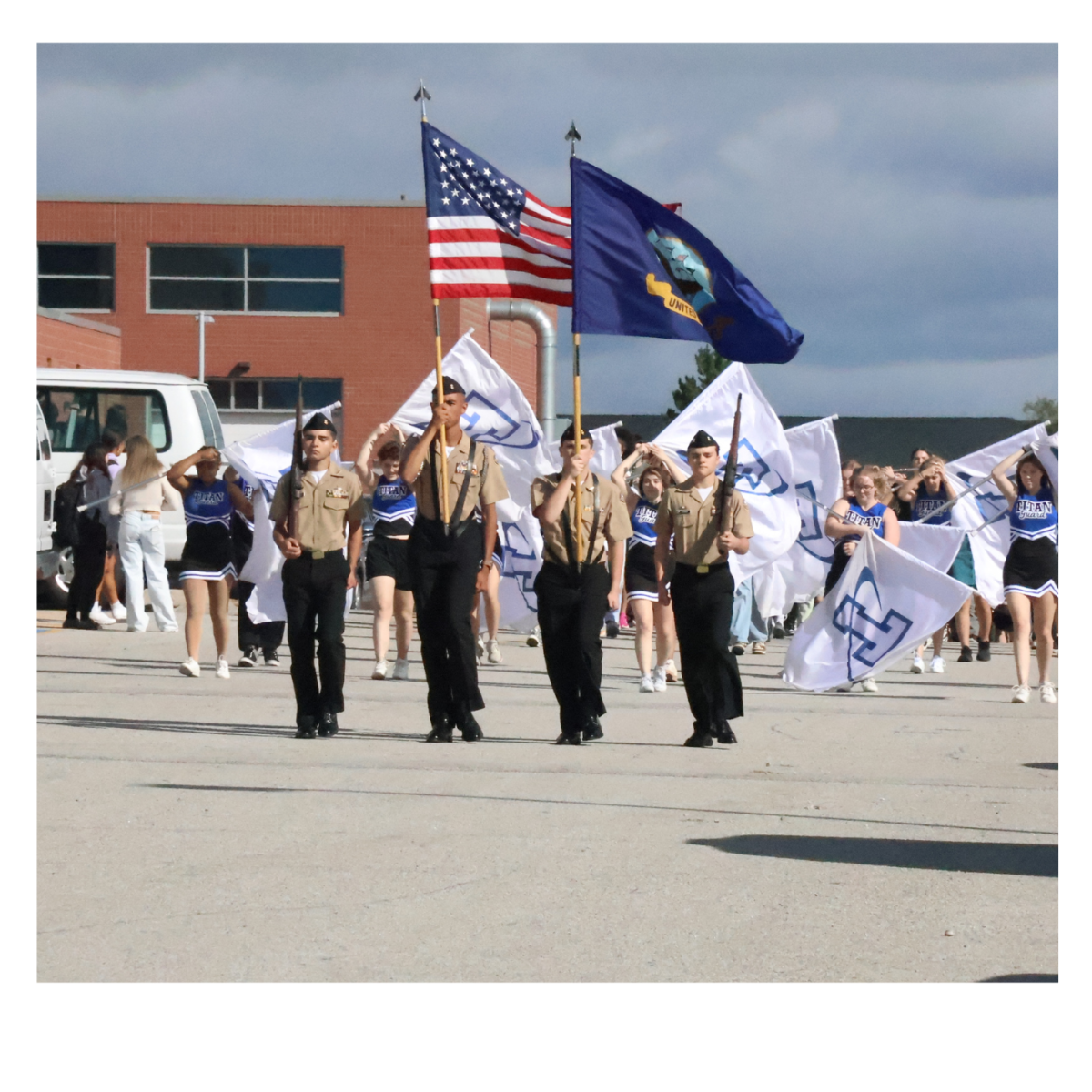

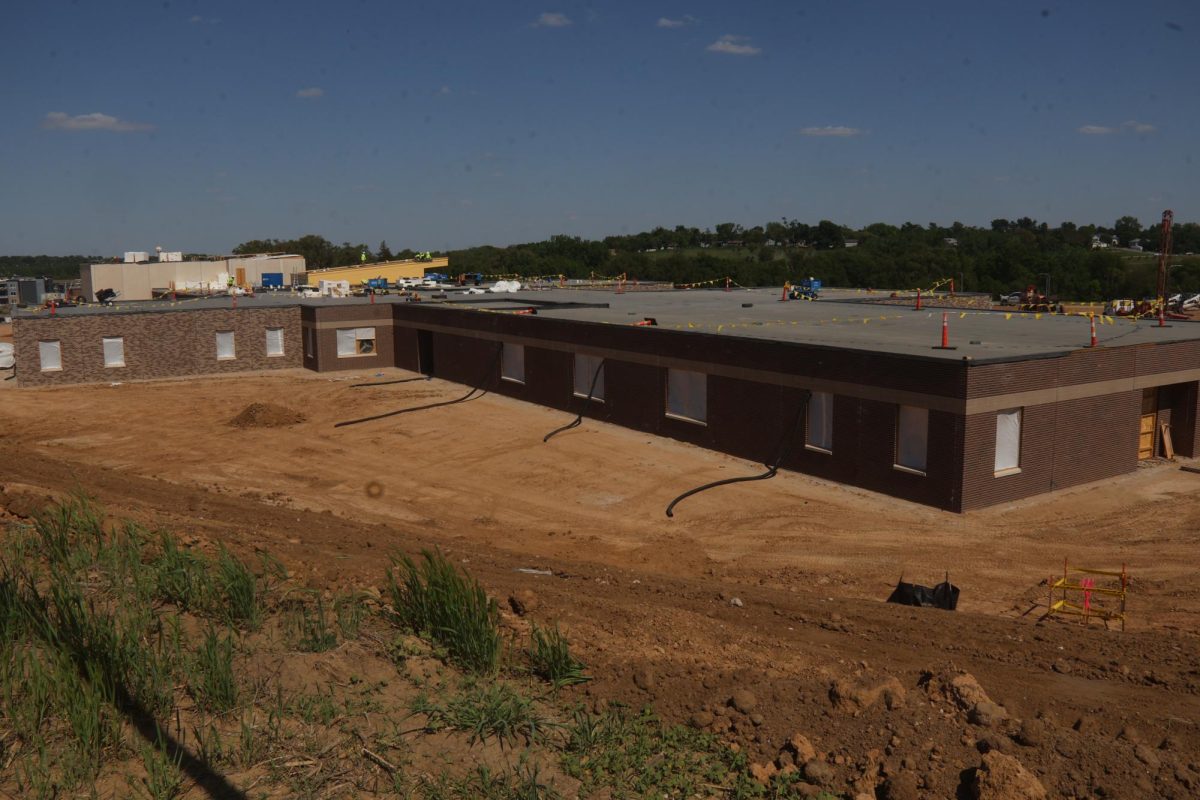
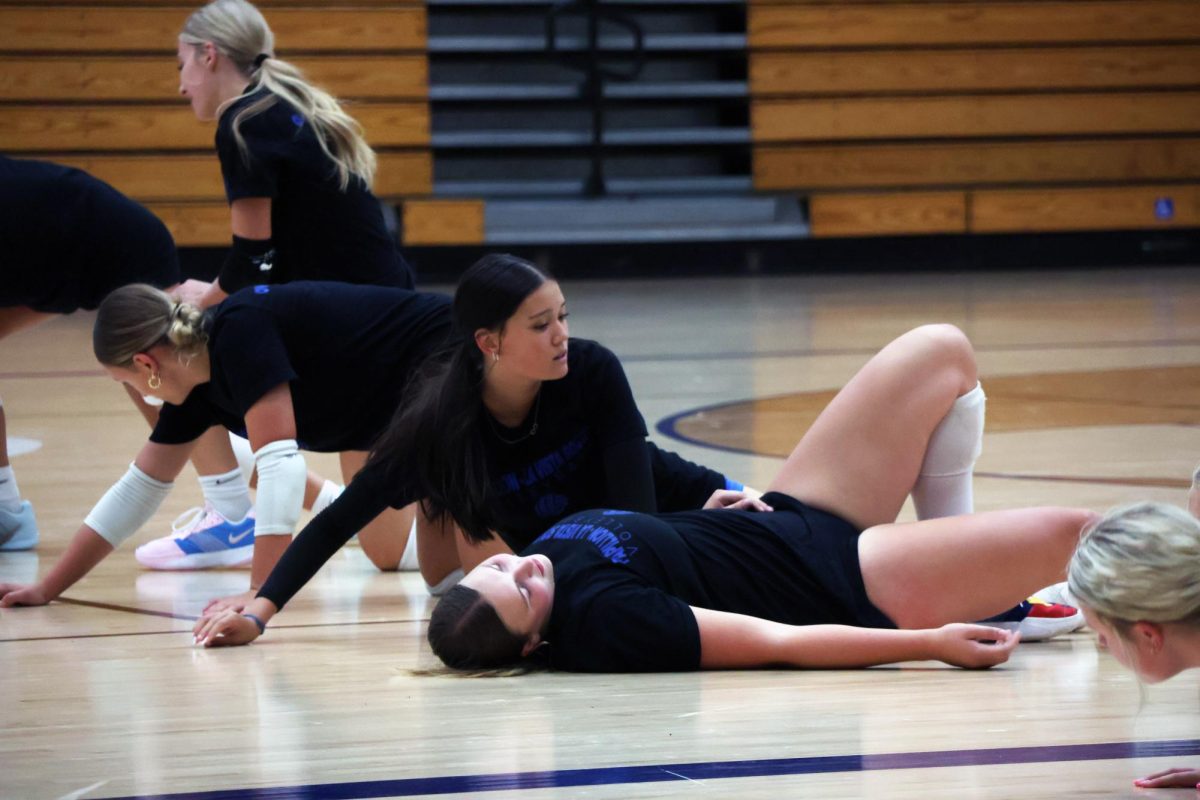
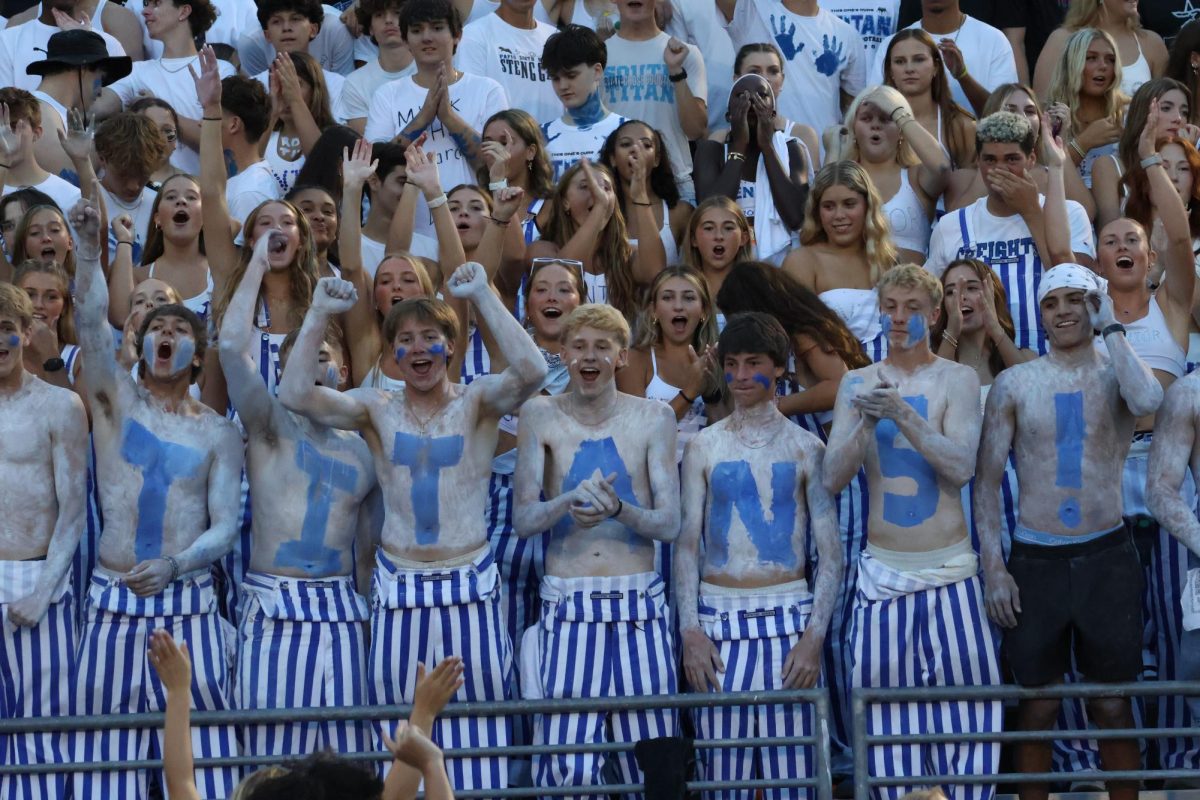


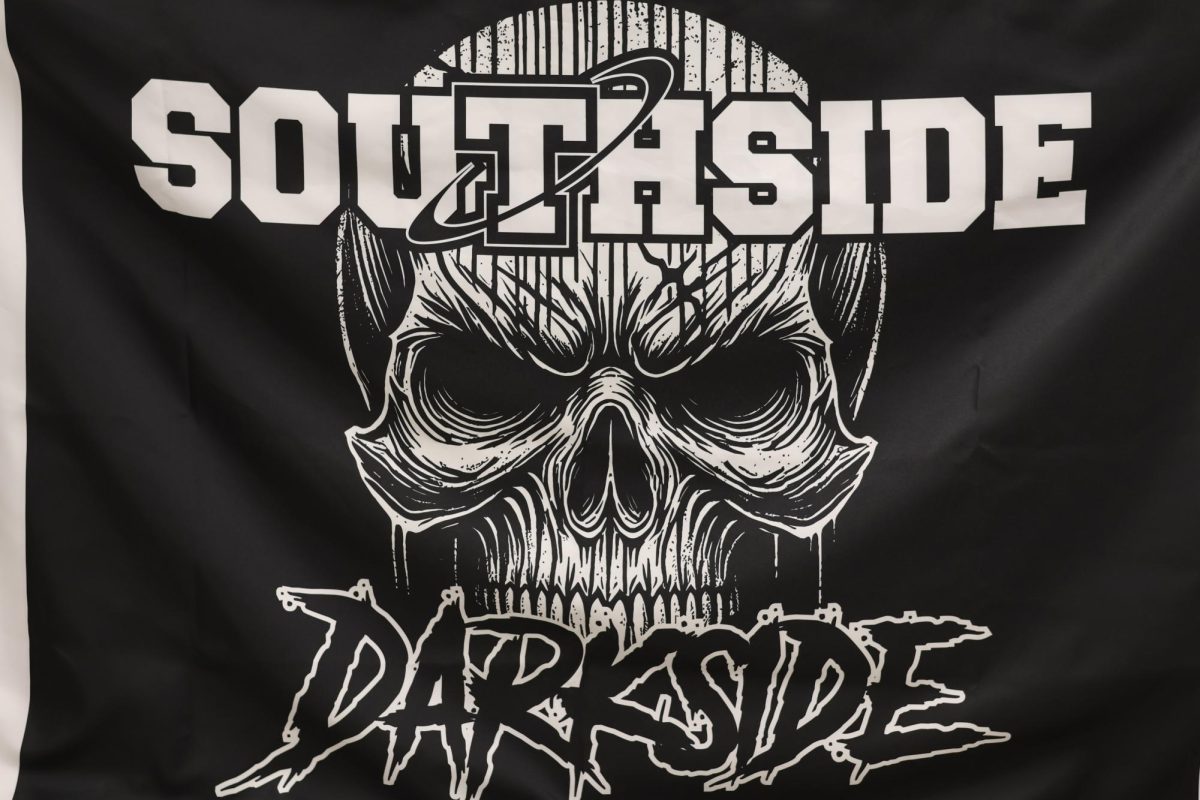
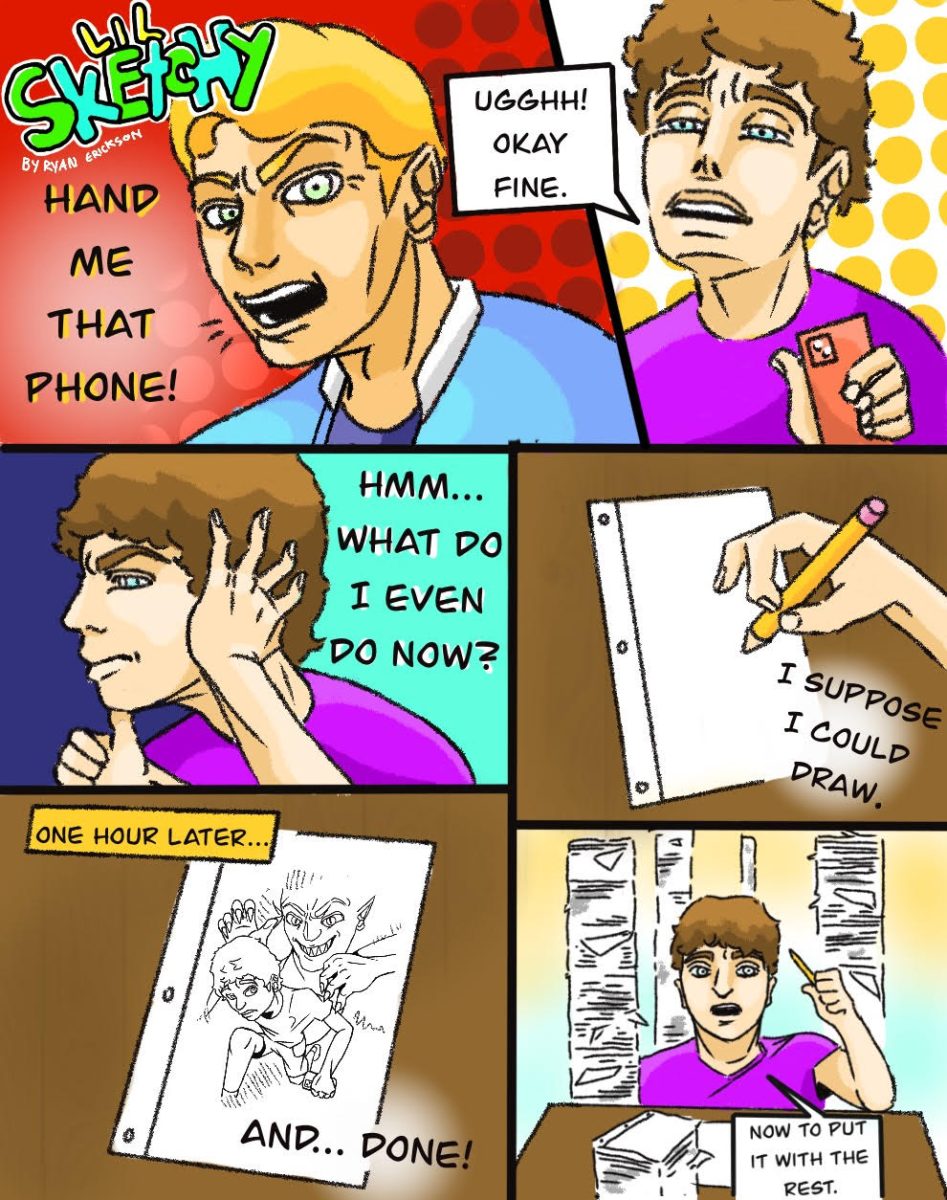
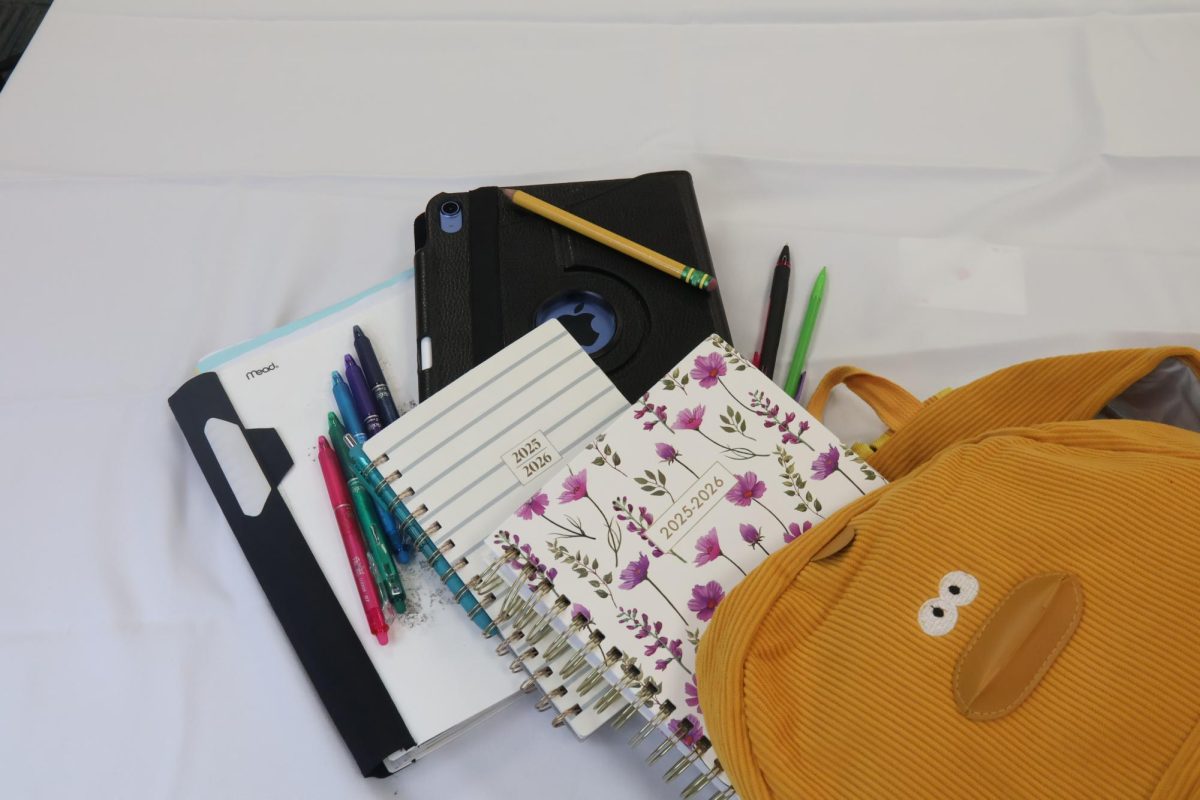
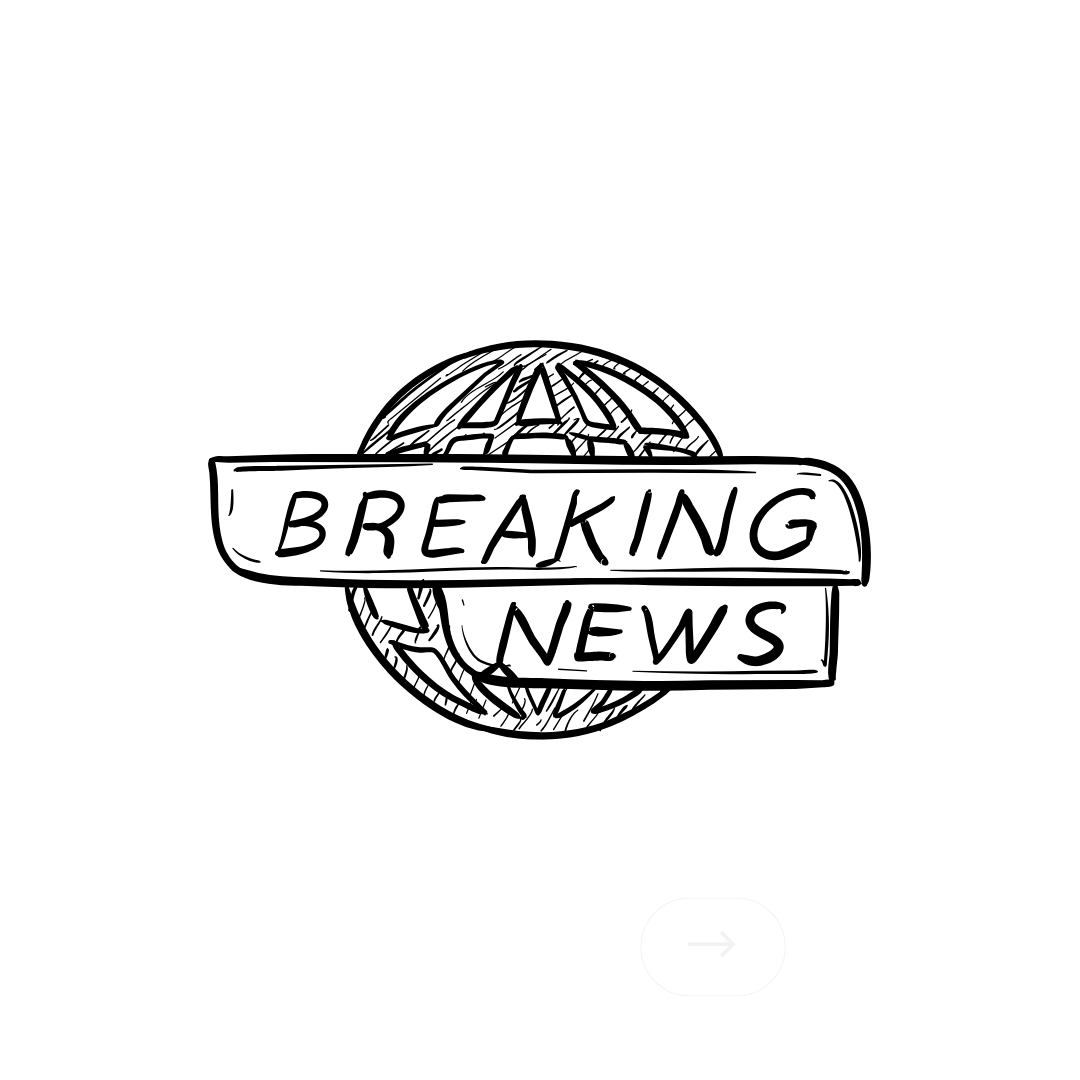
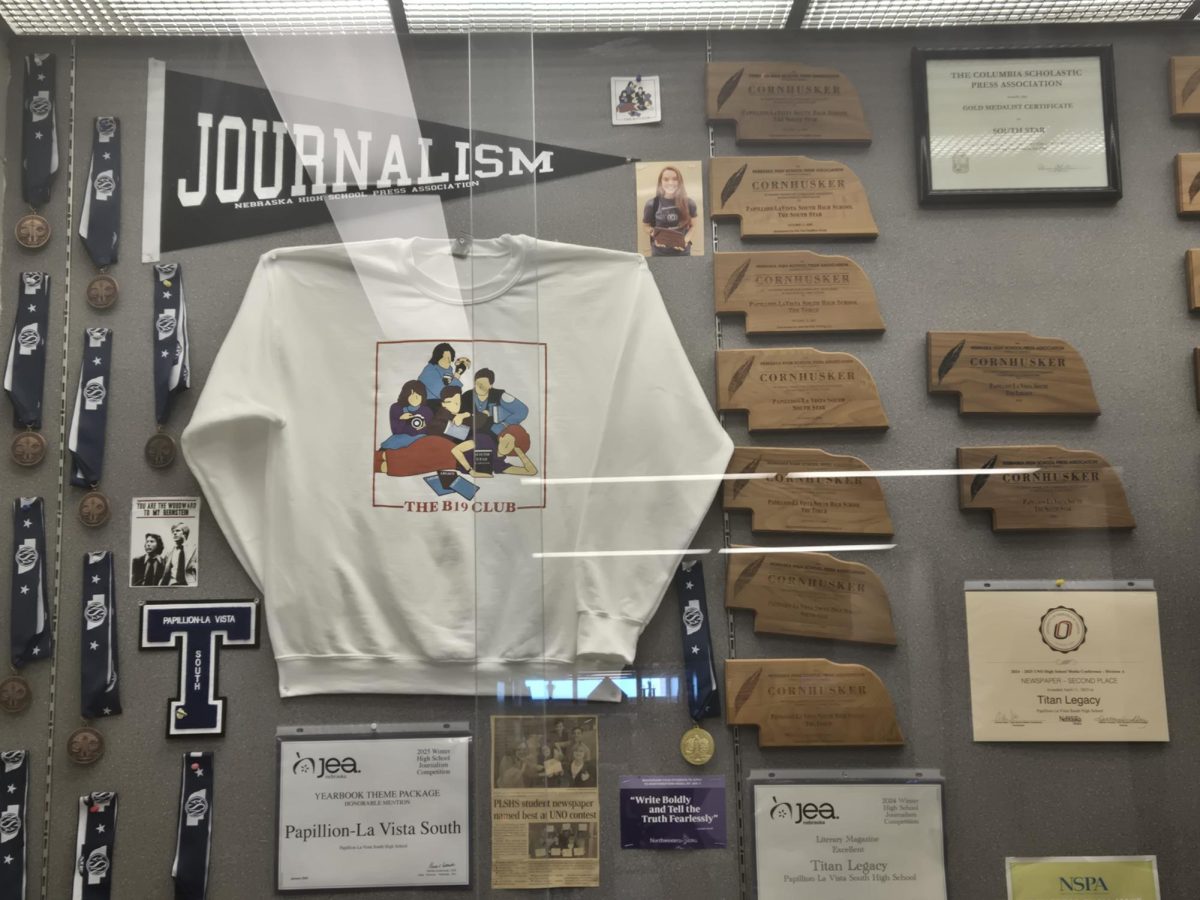

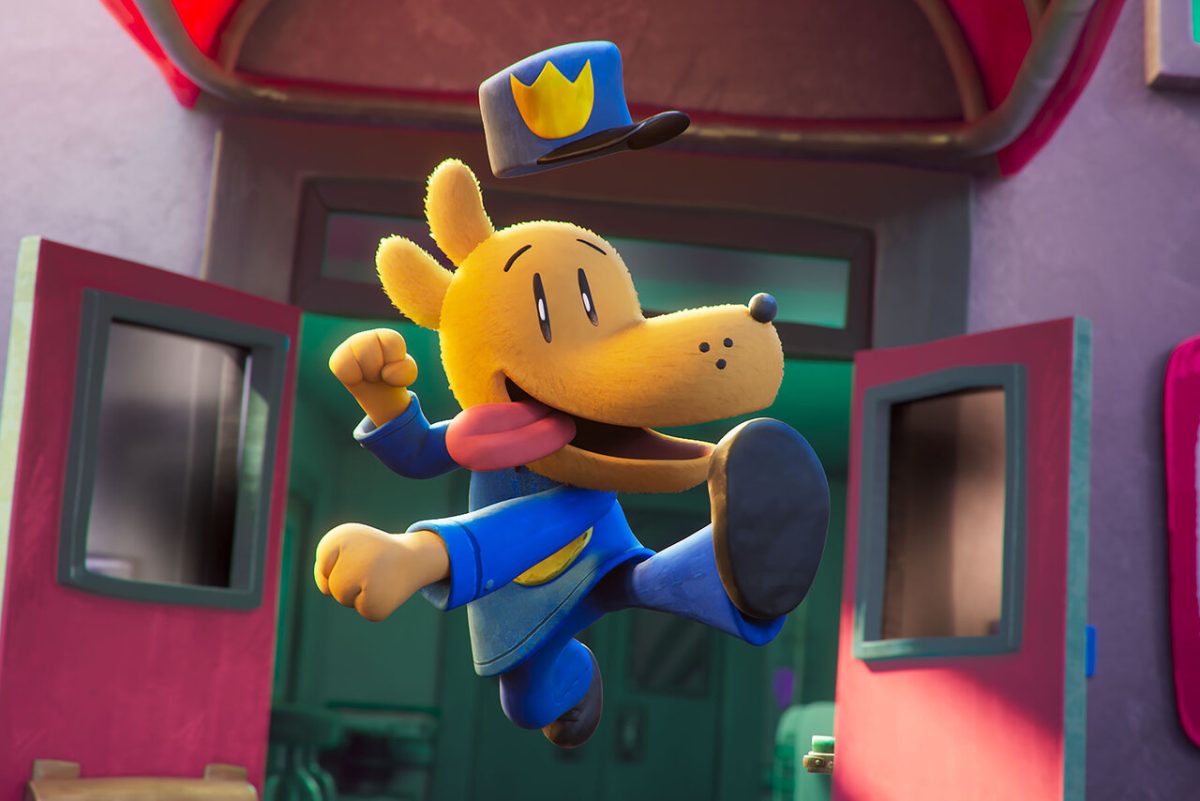

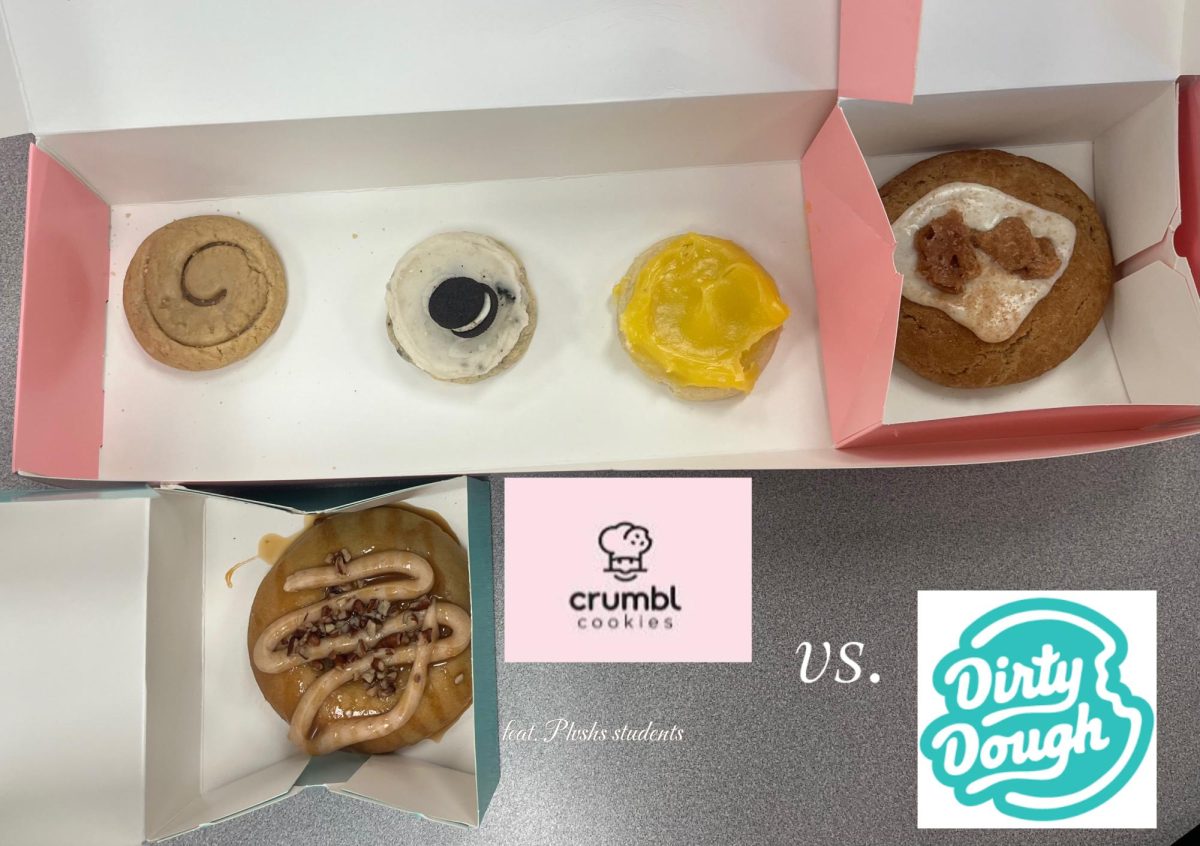
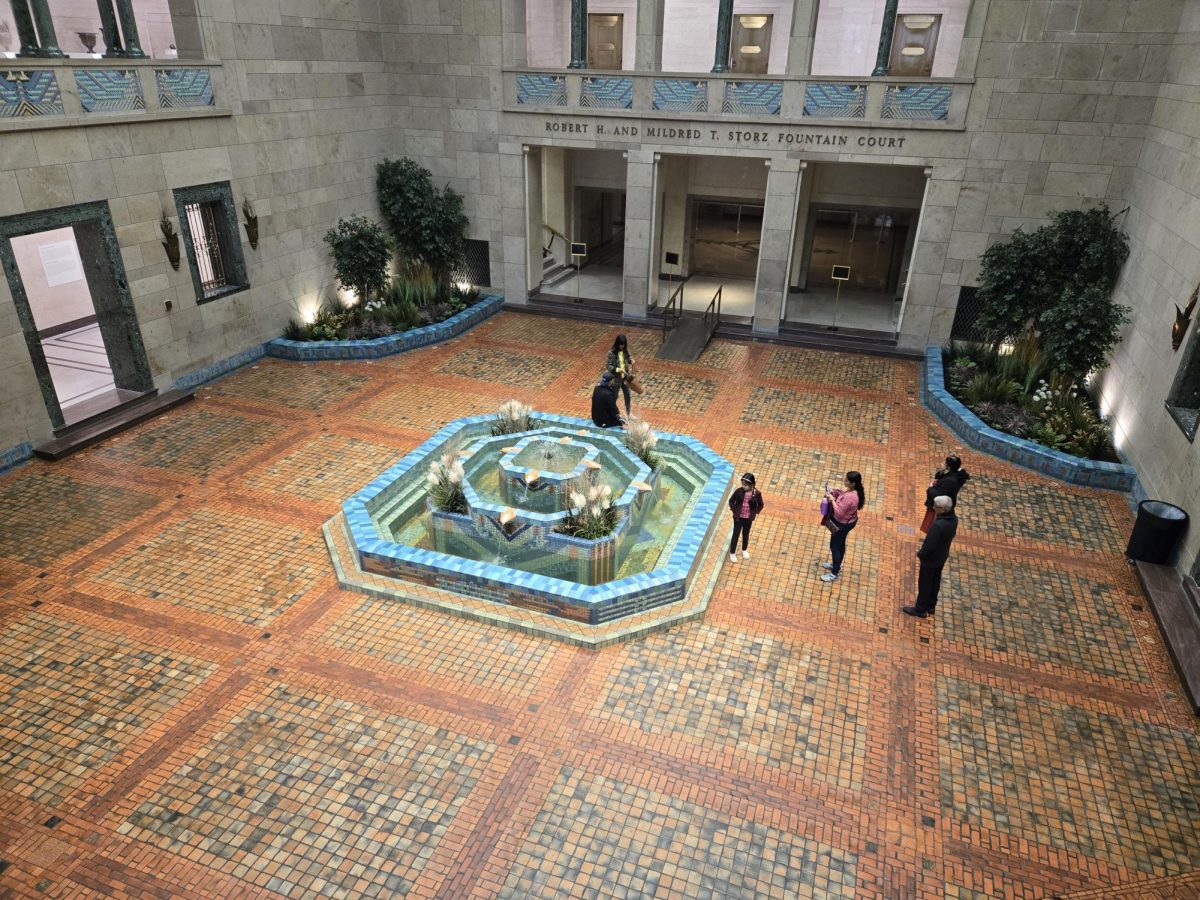



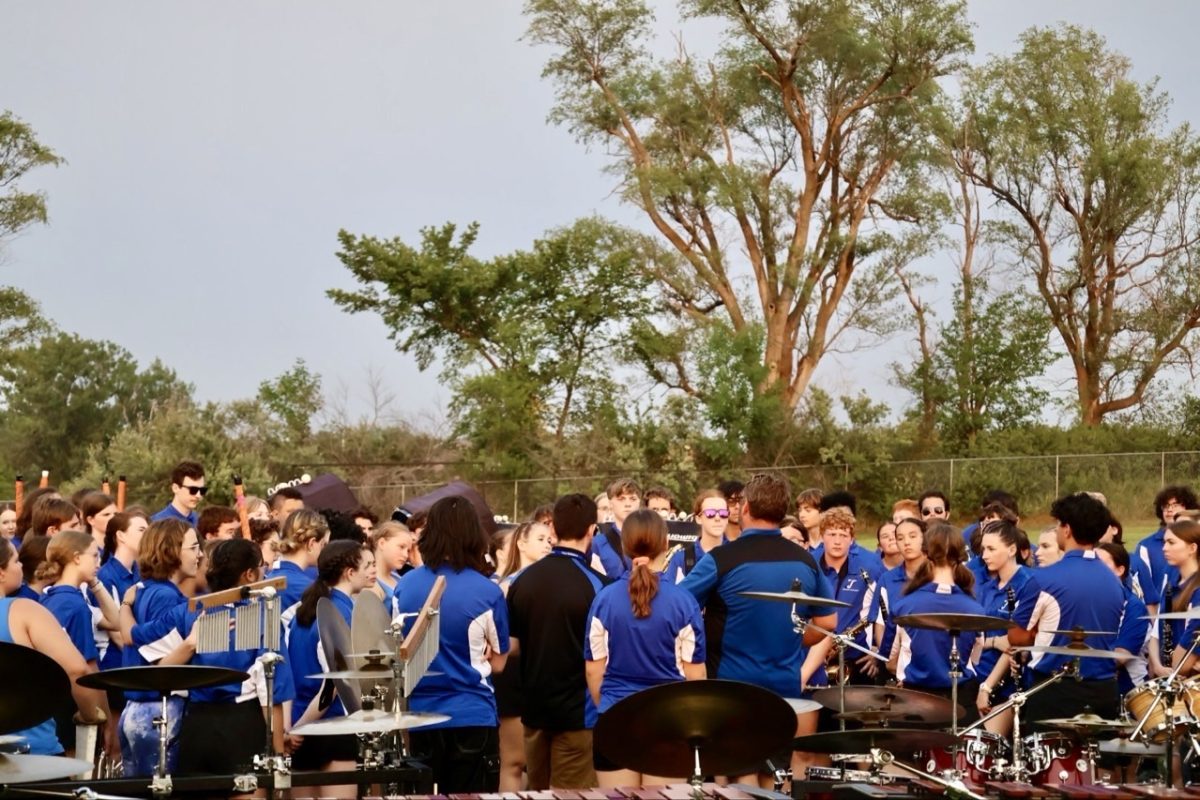

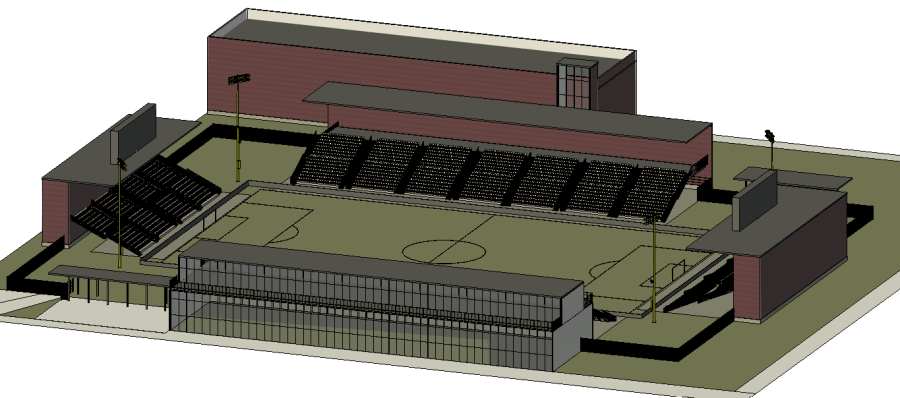
![Pictured above is a structure that displays the names of Nebraska Vietnam veterans in order to “honor [their] courage, sacrifice and devotion to duty and country.”](https://plsouthsidescroll.com/wp-content/uploads/2025/10/Trey_092625_0014-e1760030641144-600x245.jpg)
